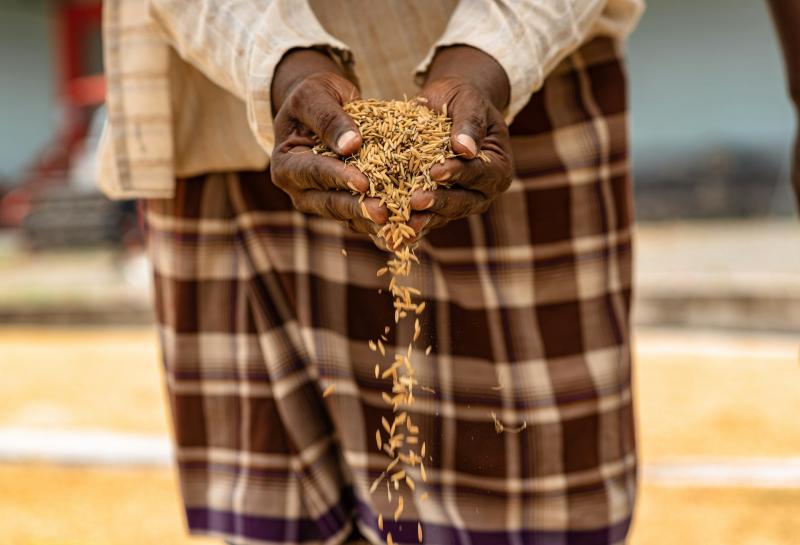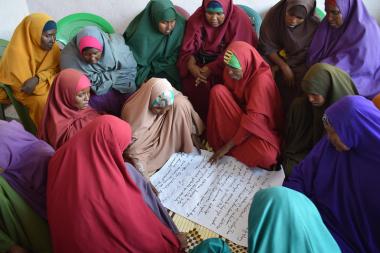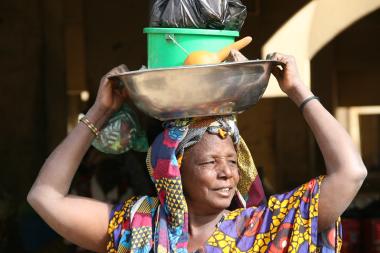Technical report
Climate finance technical and policy notes
This study analyses the gaps in climate finance in the West African Economic and Monetary Union, a region among the most exposed to climate impacts, and sets out the policy implications of action.
Publisher SPARC
Countries in the West African Economic and Monetary Union (WAEMU) - which include Benin, Burkina Faso, Cote d’Ivoire, Guinea-Bissau, Mali, Niger, Senegal and Togo - remain among the most exposed nations to climate change impacts. They are also among the lowest emitters globally. Significant investments in climate adaptation and mitigation measures are needed to overcome this structural inequality and to balance the funding required by WAEMU countries with the volumes available and accessible.
Using donor strategies that tend to be closely linked to vulnerability to climate change and state fragility, this report, with accompanying summary, conducted a differentiated analysis of climate finance issues by focusing on three levels: the overall WAEMU region, coastal countries and Sahelian countries of the WAEMU.
The report processed climate finance data available via national, regional and international databases. It found that:
- WAEMU countries cover landscapes that are some of the most exposed to global warming, while contributing only 0.54% to global emissions;
- WAEMU’s climate finance needs amount to $7.9 billion annually, representing 35.5% of West Africa’s needs and 3.2% across the continent;
- Climate finance flows to the WAEMU region stood at only $3.5 billion in 2020, leaving a wide gap that needs to be filled;
- To address the gaps in climate finance, WAEMU countries must reach a common understanding of what constitutes adequate support;
- They must also strengthen their institutional and policy frameworks around climate finance, increase domestic resource mobilisation, improve access to international climate finance and implement bankable climate investments;
- They must explore innovative market solutions such as debt-for-nature swaps or debt relief for climate finance to stimulate private-sector investments and concessional financing.
The analysis made a series of recommendations, including:
- It is crucial to have a common understanding of adequate climate finance due to the diversity of stakeholders, development finance communities, recipient countries, visions, strategies, priorities and development agendas, plus financial tools and instruments;
- Developing a standard method of measuring the amount and distribution of climate finance needs in the WAEMU region;
- For food and nutrition security reasons and their corollaries - health, economic recession and growing inequalities - the most vulnerable agriculture, forestry, livestock and other land use (AFLOLU) to climate change should be the core priority of climate finance in the region;
- Identifying, developing and supporting transformative sustainable finance ideas to counter the overrepresentation of the public sector finance in the WAEMU region and;
- Mainstreaming climate change into national policies and budgets.
This article is currently being reviewed and has been removed from SPARC’s website. Please contact [email protected] for more information.

Man pouring harvested rice from his hands, Mbeya, Tanzania
Credit Photo by Ali Mkumbwa on Unsplash

